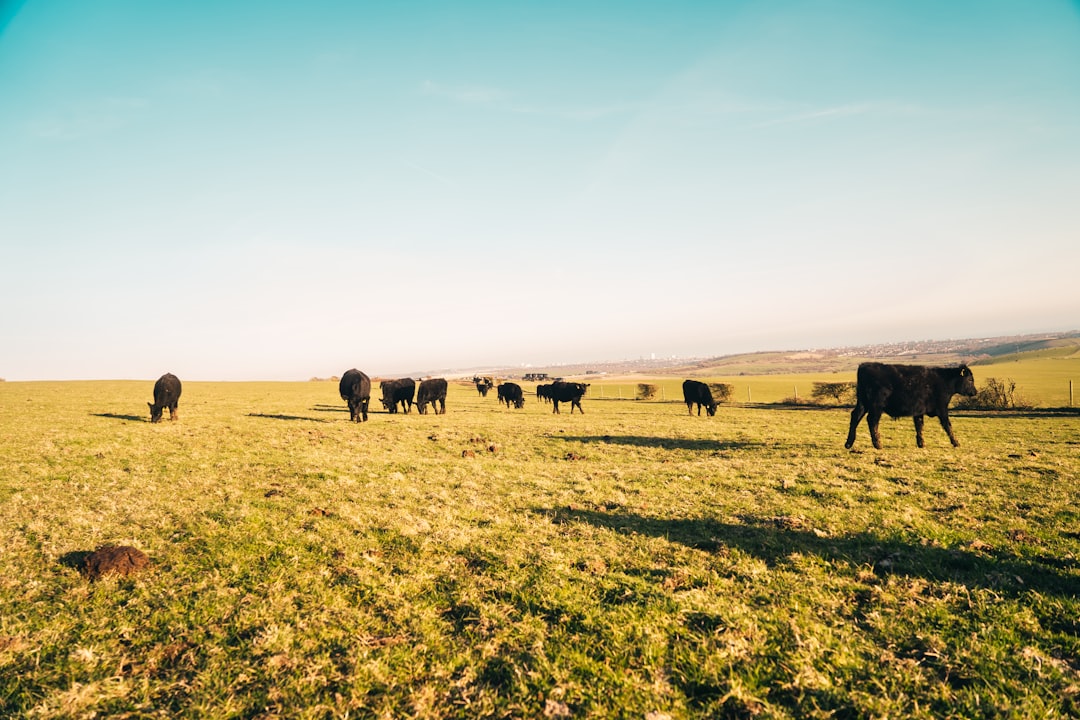In the quest for sustainable agriculture, farmers are increasingly turning to integrated systems that combine livestock and crops. One of the most effective ways to do this is through managed grazing, a practice that not only enhances productivity but also significantly improves soil health. By carefully controlling livestock movement across fields, farmers can build resilient soils, increase organic matter, and boost overall farm sustainability.
Enhancing Soil Structure and Fertility
One of the primary benefits of integrating livestock into cropping systems is the improvement of soil structure. When livestock graze, their hooves gently compact the soil surface, helping to break up crusts and enhance seed-to-soil contact for subsequent planting. Additionally, their manure provides a natural source of nutrients, including nitrogen, phosphorus, and potassium, which help replenish soil fertility without the need for synthetic fertilizers.
Increasing Organic Matter and Microbial Activity
Managed grazing contributes to the accumulation of organic matter in the soil. As animals consume cover crops or crop residues, they cycle plant material into nutrient-rich manure, which decomposes and feeds soil microbes. This process fosters a thriving microbial ecosystem, essential for nutrient cycling and soil aeration. Over time, increased microbial activity leads to improved soil structure, water infiltration, and drought resilience.
Reducing Soil Erosion and Improving Water Retention
Well-managed grazing systems can play a key role in reducing soil erosion. By keeping vegetation cover on the land for longer periods, the risk of wind and water erosion is minimized. Additionally, organic matter from manure and plant residues enhances the soil’s ability to retain moisture, making cropping systems more resilient to periods of drought.
Weed and Pest Suppression
Integrating livestock into cropping rotations can also help with natural weed and pest control. Grazing animals selectively consume certain plant species, reducing weed competition and limiting the need for herbicides. Some livestock, such as poultry, also feed on insect pests, providing an additional layer of biological pest control.
Enhancing Crop Yields and Farm Profitability
Ultimately, improved soil health leads to higher crop yields. Fertile, well-structured soils support robust plant growth, reducing reliance on chemical inputs. Additionally, incorporating livestock into the system diversifies farm revenue, offering another income stream through meat, milk, wool, or eggs.
Implementing Managed Grazing Effectively
To maximize the benefits of managed grazing, farmers should follow key best practices:
-
Rotational Grazing: Move livestock strategically to prevent overgrazing and allow soil recovery.
-
Cover Crops: Utilize cover crops as forage for livestock, ensuring continuous soil cover and organic matter input.
-
Stocking Density Management: Adjust the number of animals per acre to balance grazing pressure with soil regeneration.
-
Monitoring Soil Health: Regularly assess soil organic matter, microbial activity, and nutrient levels to optimize grazing strategies.
Conclusion
Integrating livestock into cropping systems through managed grazing is a powerful strategy for enhancing soil health, reducing input costs, and improving overall farm resilience. By adopting this holistic approach, farmers can create a more sustainable agricultural system that benefits both the environment and their bottom line. As interest in regenerative farming continues to grow, managed grazing is proving to be a key component in building a healthier, more productive future for agriculture.

Comments
No comments yet. Be the first to comment!
You must be logged in to comment. Login